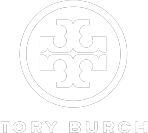In an age dominated by technology, having the right IT tools and services is more critical than ever. It is for this reason that more and more businesses are partnering with IT procurement services. The IT procurement meaning refers to the process by which organizations acquire IT products and services.
To get the most out of these services, businesses should adhere to the following best practices in IT procurement:
- Cost Efficiency: One of the primary goals of any procurement process is to obtain the best value for money. Proper evaluation, contract negotiations, and vendor assessments can lead to significant cost savings.
- Risk Mitigation: IT solutions come with a unique set of risks. Proper IT procurement processes ensure a rigorous evaluation of these risks and their management strategies.
- Future Scalability: When following best practices in IT procurement, companies consider the scalability of solutions. This ensures that any chosen solutions can adapt and grow in line with the company's needs, thereby avoiding costly replacements or upgrades in the future.
- Improved Vendor Relationships: A structured procurement process promotes transparency and fairness. This fosters trust between the organization and its vendors. Over time, this trust can lead to better contractual terms and quicker problem resolution.
- Integration with Existing Systems: One of the challenges with IT is ensuring that new solutions integrate well with existing systems. IT procurement best practices prioritize integration so that procured solutions are not just standalone, but can seamlessly fit into the organization's broader IT ecosystem.
- Regulatory Compliance: IT solutions need to comply with relevant regulatory requirements. Quality procurement processes help make sure that the procured solutions meet these regulations.
IT procurement is truly a strategic function that has profound implications on an organization's bottom line, operational efficiency, risk profile, and future growth potential. By emphasizing the strategic significance of IT procurement and embedding best practices into the process, organizations position themselves for success in a digitally-driven business landscape.
IT Procurement Process
The IT procurement process involves a structured set of activities that organizations undertake to acquire information technology solutions. With the digital era ushering in rapid technological advances, understanding and optimizing these activities is crucial for organizational success. The procurement process in the IT industry can be broken down into the following steps:
- Requirement Analysis: First, it’s important to understand and document your specific IT needs. This often requires collaboration between IT and business units to define technical requirements, desired outcomes, and budgetary constraints.
- Market Research: Research potential vendors and solutions that fit your requirements. Understanding the market landscape can provide insights into innovative solutions and prevent the overlooking of potential alternatives.
- Vendor Solicitation: Send out request for proposals (RFPs) or request for quotations (RFQs) to potential vendors. This helps gather detailed information about vendors' offerings, and other relevant terms.
- Vendor Analysis Process*: The vendor analysis process entails a thorough examination of all vendors' responses. Factors like cost, technical capabilities, vendor history, customer reviews, and post-purchase support are analyzed to select the vendor most aligned with the objectives at hand.
- Negotiation and Contracting: Once a vendor is selected, negotiations commence. The aim here is to achieve favorable terms, including pricing and service level agreements (SLAs). Following successful negotiations, a contract is formalized.
- Purchase and Delivery: With the contract in place, you can proceed to purchase. The vendor then delivers the IT solution or commences the agreed-upon service.
- Implementation and Integration: Set up the solution within your existing infrastructure. This might require customization, testing, and integration with other systems.
Review and Feedback: After implementation, be sure to review the effectiveness of the solution and the procurement process itself. Feedback loops help in refining future procurement efforts.
Organizations can enhance and optimize IT procurement by:
* Providing regular training
* Using automated procurement systems
* Strengthening vendor relationships
* Adopting a flexible approach
* Implementing an effective feedback mechanism
* Developing a centralized procurement strategy
* Prioritizing risk management
IT Procurement Strategy
An effective IT procurement strategy is the cornerstone for any organization aiming to streamline its operations and achieve greater cost-effectiveness. Here are some tips for building a solid strategy:
- Understand Organizational Goals: Before diving into the specifics of IT procurement, it’s important to have a clear understanding of your long-term goals and how IT can support these objectives.
- Focus on Total Cost of Ownership (TCO): Don’t just look at the initial cost of procurement. Consider the entire lifecycle costs, including maintenance, support, training, and eventual decommissioning.
- Embrace Vendor Management Best Practices: Vendor management requires cultivating long-term relationships with vendors. Regular performance reviews and feedback mechanisms can improve these relationships.
- Diversify with Multi-Vendor Strategies*: Don't put all your eggs in one basket. By diversifying vendors, you can mitigate risks and leverage competitive pricing.
- Prioritize Cybersecurity: Cybersecurity should be a top of mind when crafting your procurement strategy. Check to see that solutions adhere to industry-standard security protocols. Engage in regular audits and insist on transparency from vendors regarding their security practices.
- Adopt a Dynamic Approach to* *IT Sourcing: IT sourcing is not a one-time activity. Given the rapid pace of technological advancement, it's essential to regularly revisit sourcing decisions. Be open to exploring new vendors or sourcing methods that might offer better value.
- Innovative* *Vendor Selection Strategy: While traditional metrics are vital, consider more innovative aspects in your vendor selection strategy. For example, you may want to evaluate vendors on their environmental sustainability practices or commitment to social causes. This holistic approach can boost brand value and resonate with socially-conscious stakeholders.
- Embrace Agile Procurement: Borrowing from the principles of agile software development, agile procurement emphasizes flexibility, iterative decision-making, and close collaboration between IT and business units. This approach can lead to quicker decisions and better alignment with changing organizational needs.
IT Procurement Services
IT procurement services play a valuable role in how organizations source, negotiate, and manage their IT assets. These services have become indispensable in today’s complex and rapidly evolving technological landscape. Understanding the variety and depth of these services is important for any business looking to improve its IT strategy.
One of the primary services that organizations turn to is IT services and consulting. Consultants assess an organization's existing IT infrastructure, identify gaps or inefficiencies, and recommend solutions that can address those gaps. By leveraging their market knowledge and industry insights, these consultants can introduce businesses to the latest technologies and innovations.
Another critical service is IT procurement support, which encompasses a suite of services aimed at simplifying and enhancing the IT procurement process. From assisting organizations in drafting RFPs to managing vendor relationships, these support services ensure that businesses navigate the procurement journey with ease and expertise.
Vendor management, a subset of IT procurement support, focuses specifically on cultivating and maintaining healthy relationships with IT solution providers. Building trust with vendors can lead to more favorable terms in the future, better post-purchase support, and insights into upcoming technological advancements.
Aside from these, IT procurement services may include services such as IT asset management and lifecycle management. These services track and manage the IT assets throughout their lifecycle, from procurement to disposal. They help organizations make the most of their IT investments and, in doing so, optimize costs.
Cybersecurity advisory as part of IT procurement services is also gaining prominence. They’re often brought in to evaluate the security credentials of potential solutions, conduct regular audits, and help the organization's IT infrastructure remain resilient against threats.
IT Procurement Consulting
The value of IT procurement consulting cannot be overemphasized. Trained consultants offer a wealth of expertise that can streamline the IT procurement journey. One of the primary benefits of working with an IT procurement consultant is their deep market knowledge. These professionals are attuned to the latest technological advancements, emerging vendors, and the shifting dynamics of the IT industry.
For organizations, this means access to the most modern, cost-effective solutions. Such expertise becomes particularly valuable when businesses face niche challenges or require specialized solutions, as consultants often have a broader view of the market than internal teams.
Another benefit is the objectivity that IT consulting services bring to the table. Internal teams, while highly knowledgeable, sometimes have biases based on past experiences or affiliations. Consultants, however, provide a fresh, unbiased perspective. They help make decisions based on the best fit for the organization's unique requirements.
Because IT procurement management is a holistic process, it requires a comprehensive approach, and that takes a great deal of open communication. Consultants help keep all parties on the same page and align expectations. They minimize misunderstandings, foster trust, and pave the way for smooth negotiations and collaborations.
Good vendors can also help with conducting due diligence. Before entering into any contractual agreement, organizations should meticulously evaluate a vendor's track record and the compatibility of their solutions with the organization's infrastructure. This thorough vetting ensures that the chosen vendor is both technically capable and reliable.
Finally, post-purchase, the best practice is to establish regular review and feedback mechanisms. Regular check-ins with vendors help in tracking performance against SLAs, addressing any challenges promptly, and ensuring that the procured solution continues to meet the organization's needs. Feedback, both positive and constructive, can help vendors refine their offerings.
Resourcive has perfected value creation by aligning operational goals across the board. With features like spend reduction, M&A, and growth enablement, Resourcive puts companies on track to getting the most out of their procured services.
Related Articles:
IT Procurement Services
IT Procurement Consulting
AI in the Contact Center
Vendor Selection Process in Procurement







